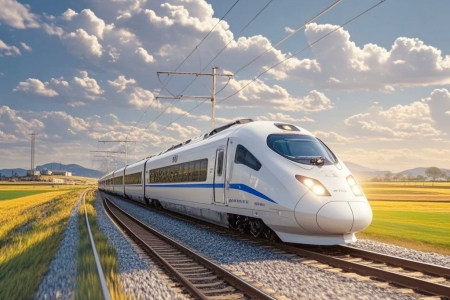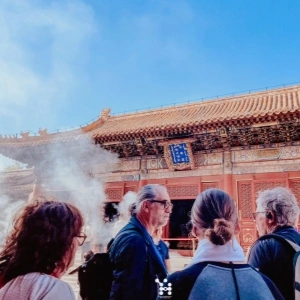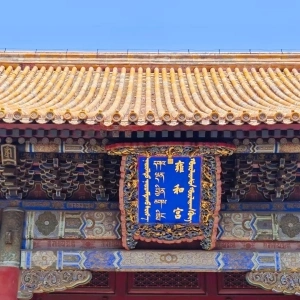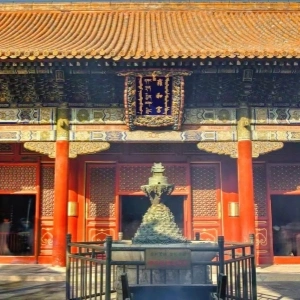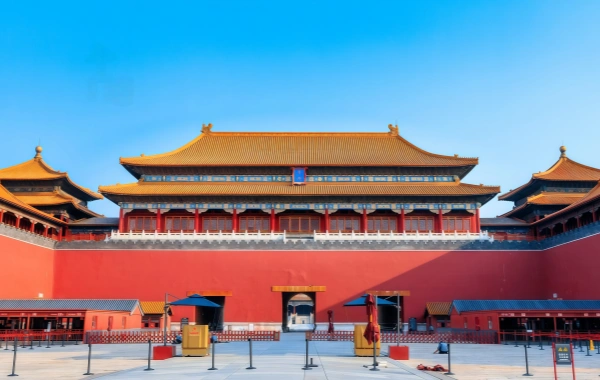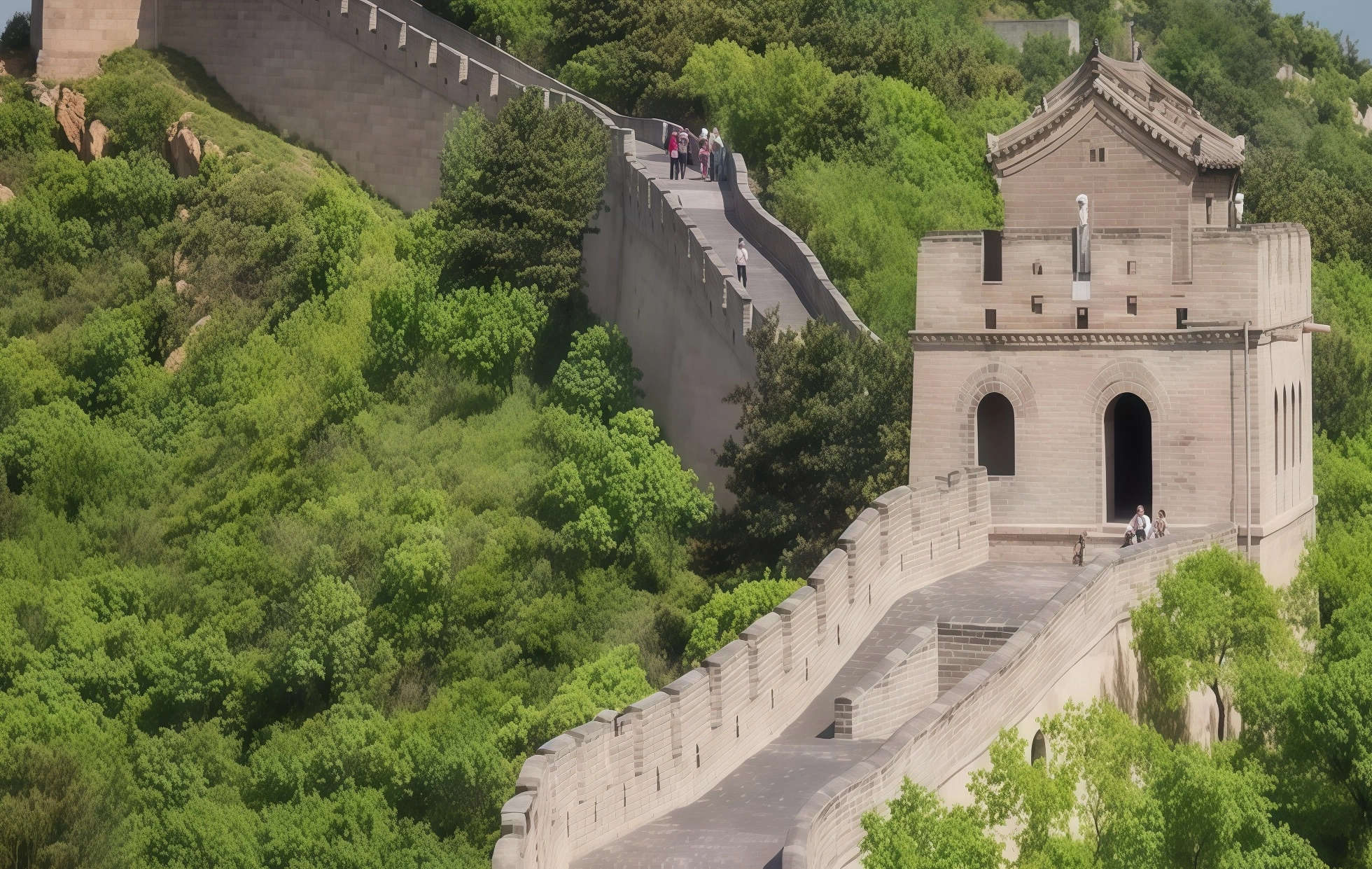When traveling by train in Jiangsu, understanding the nuances of train stations, seat selection, and the overall travel experience can significantly enhance your journey. Here are some additional tips to help you navigate Jiangsu’s railway system with ease. Please feel free to contact us if you want to know more about China travel.
Related recommended itineraries:
1. Train Stations in Jiangsu: Key Hubs and What to Expect
Jiangsu is home to several major train stations, each offering a range of services and facilities. Knowing which station serves your route and understanding the station layout will save you time and effort.
● Nanjing Railway Station:
As the capital city of Jiangsu, Nanjing’s train station is one of the largest and busiest in the province. It serves both high-speed (G, D) and conventional (K, T) trains. Nanjing Station is equipped with multiple platforms, waiting areas, and food courts. Navigating the station can be a bit overwhelming, especially during peak hours, so allow extra time to locate your platform.
Tip: If you’re traveling to or from Nanjing, it’s recommended to use the high-speed train station (Nanjing South Station) for faster service to major cities like Shanghai and Beijing. Nanjing Railway Station mainly handles local and conventional routes.
● Suzhou Railway Station:
Suzhou, a popular tourist destination, is well-served by trains that connect it to major cities like Shanghai and Nanjing. The Suzhou Railway Station is modern, with clear signage in both Chinese and English. It’s a smaller, more manageable station compared to Nanjing, which is ideal for travelers who prefer less crowded spaces.
Tip: Arrive at least 30-45 minutes before your train departs, especially during weekends or holidays when Suzhou sees a lot of visitors.
2. Seat Selection: Comfort and Convenience
Choosing the right seat can make a significant difference in your train travel experience. In Jiangsu, most high-speed and conventional trains offer multiple seat classes, including standard, first-class, and business class.
● High-Speed Train Seats:
High-speed trains typically offer three classes: second class, first class, and business class. Second-class seats are the most common and cost-effective, but they can fill up quickly, especially during peak travel times.
Tip: If you prefer extra comfort, consider upgrading to first-class seats, which are more spacious and have fewer passengers. For a more luxurious experience, opt for business class, which offers wider seats and quieter compartments.
● Conventional Train Seats:
For longer journeys or more affordable options, conventional trains (T, K, and Z trains) offer a variety of seats, including hard seats, soft seats, and sleeper berths.
Tip: If you're traveling overnight, consider booking a soft sleeper berth. These compartments provide more privacy and comfort, with four beds per cabin. Hard seats are cheaper but are more basic and can become uncomfortable on longer trips.
3. Booking Tickets at the Station
While online booking is the most convenient way to secure your train tickets, sometimes it’s necessary to purchase them directly at the station. If you need to buy tickets in person, be prepared to show your passport (or Chinese ID) at the ticket counter or self-service machine.
Tip: If you’re unfamiliar with the station layout, head to the "Ticket Sales" section as soon as you arrive. Larger stations like Nanjing Railway Station have dedicated counters for both domestic and foreign travelers. The self-service machines allow you to pay with a credit card or Chinese mobile payment methods such as Alipay or WeChat Pay.
4. Travel During Peak Times: Avoid the Crowds
Jiangsu is a popular province for both business and leisure travel, which means train stations can become crowded during peak travel seasons, such as Chinese New Year, National Day, and weekends.
Tip: During these times, high-speed train tickets may sell out quickly. To avoid disappointment, it’s advisable to book tickets well in advance (at least 7-10 days before your trip). If you cannot find a seat on a high-speed train, consider taking a conventional train, as they are less likely to sell out.
5. Using Apps for Convenience
Apart from 12306, there are various third-party apps like Ctrip and Trip.com that make train ticket booking more user-friendly, especially for non-Chinese speakers. These apps offer ticket booking in English and can sometimes provide additional services, such as ticket cancellations or upgrades.
Tip: Using these apps can also help you track train delays or cancellations, which is useful when you are in a foreign country and need real-time information.
By following these tips, you’ll be able to navigate the train stations in Jiangsu, select the best seat for your journey, and book tickets smoothly. Whether you're heading to Nanjing, Suzhou, or Wuxi, understanding the train system and its features will ensure a comfortable and stress-free experience.
Related Posts
Create Your Customized Trip
Take about 2 minutes to fill the form to tell us how you like to travel, and get a reply within 1 working day.


